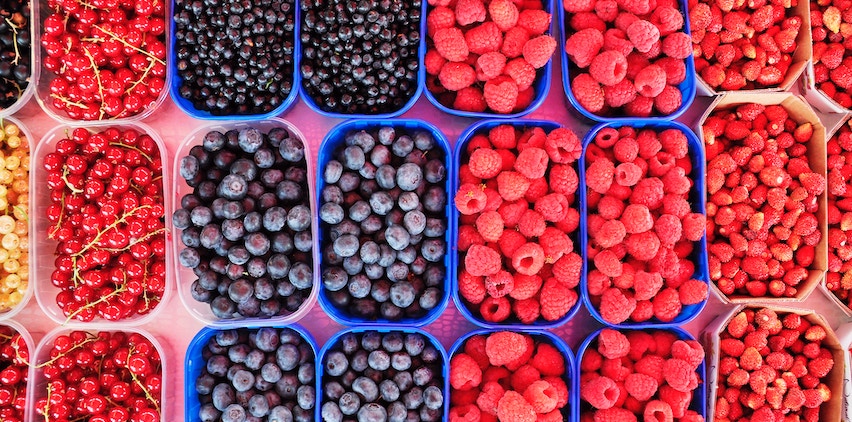The Best and Worst Foods for Fighting Inflammation
February 2, 2020 | Categories: Beauty & Skin Care, Weight Loss & Nutrition
Everything you eat — whether it’s a fresh salad or a midnight pint of ice cream — causes a reaction within your body. Some of these reactions are purely internal, but some of them can cause very visible physical changes!
When most of us think about inflammation, we tend to visualize rashes and skin that looks red, swollen or hot to the touch. These are external signs of inflammation; when your body comes into contact with an irritant (like inflammatory foods), it reacts. Sometimes you can see it — like a rash from a harsh cleaning product — but more often, you feel it, like a flare-up in your digestive tract.
The medical community now understands that an unresolved inflammatory response is likely an early sign of disease developing in the body, and interestingly, a lot of it is caused by our diets! The effects of inflammation have been linked to Type 2 diabetes, obesity, inflammatory bowel disease, rheumatoid arthritis and even cognitive decline.
Luckily, you can counter some of the harmful effects of inflammation by eating whole, natural foods and avoiding ones that cause more inflammation in the body. Here’s what you need to know about inflammatory foods and how to make healthier swaps.
Foods That Can Cause and Reduce Inflammation
Inflammatory foods that may be hiding in your diet
A bunch of foods have been linked to higher instances of inflammation in the body. Here are a few to watch out for:
- Processed foods: Those packaged, processed, high-fat snacks are fun to enjoy on occasion, but they could also be causing more inflammation in the body. It’s a good idea to choose unprocessed foods whenever you can.
- Sugar: This sweet ingredient has gone from culinary superstar to somewhat of a foodie pariah thanks to increasing research linking sugar consumption to a number of negative health outcomes, including brain disorders like Alzheimer’s disease. Processed sugars — such as those found in candy, desserts and even condiments — are the ones to limit as much as possible. It’s also wise to avoid foods made with added sugars and swap out sweetened beverages and sodas for water or zero-calorie drinks. Eating fruit is totally OK; it’s full of natural sugar, and it’ll always be a better option than a candy bar!
Anti-inflammatory foods to focus on during mealtime
Ramping up your fruit and vegetable intake is a good way to help reduce inflammation. Here are specific foods to add to your shopping list:
- Berries: Eating berries has been shown to have an anti-inflammatory effect in the body. Sprinkle some on your cereal, whip up a berry smoothie or have a bowl of berries for dessert.
- Olive oil: Instead of using butter and margarine, start cooking with olive oil and drizzle it on vegetables daily. You’ll get a dose of healthy, monounsaturated fats that can help your body better absorb nutrients from vegetables while simultaneously fighting inflammation.
- Salmon: This pink fish is an anti-inflammatory food thanks to its high concentration of omega-3 fatty acids. Research finds that people who regularly eat fatty fish like salmon are less likely to develop rheumatoid arthritis. Try to aim for two weekly servings of fish; salmon is a great option but you can also enjoy other nutrient-rich fish like tuna and mackerel!
When in doubt, it’s best to add whole, natural (and colorful) anti-inflammatory foods to your diet for better overall health and a reduced risk of inflammation. Bon appétit!
Read the full article on Aveeno.


Leave a Reply